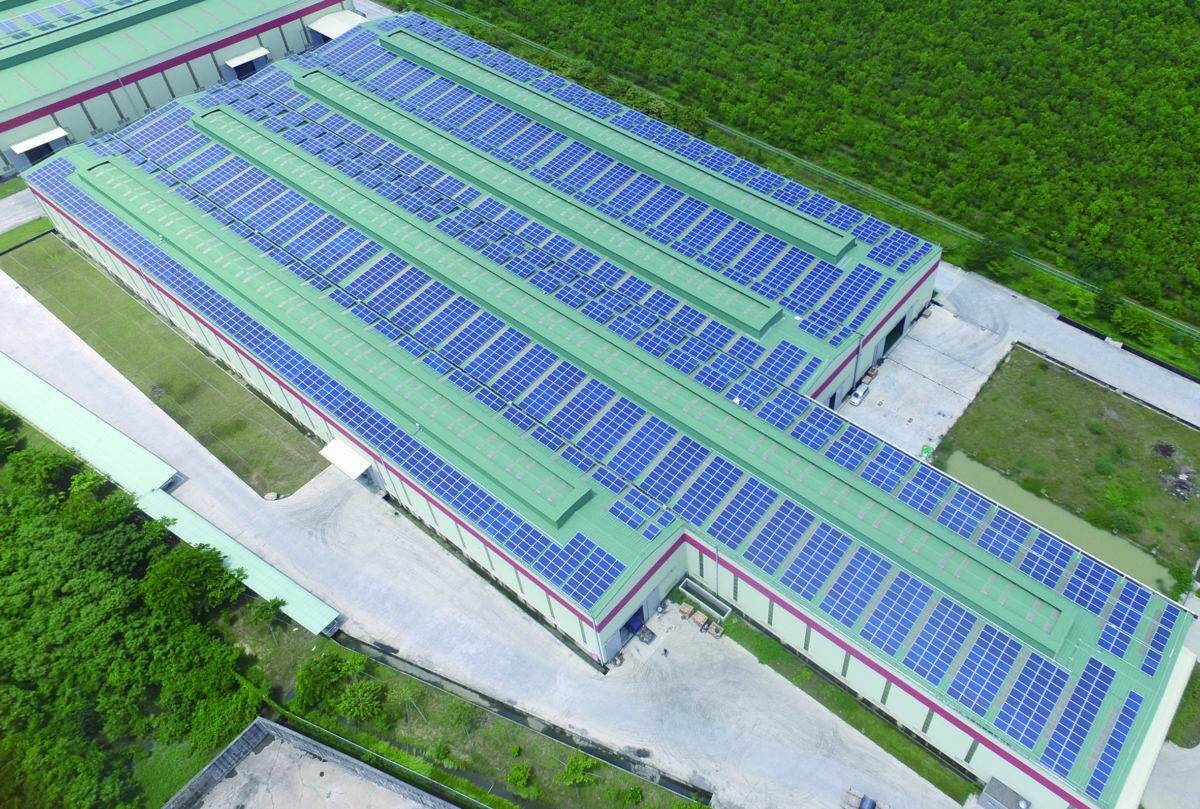Taiwan may see its cumulative installed solar grow from approximately 4.3 GW at the end of 2019 to 20 GW at the end of 2025, according to market research firm GlobalData. The addition of around 20 GW expected to be installed over the next six years should come from 3 GW of rooftop PV and 17 GW of ground-mounted projects.
The company also reports that newly deployed PV capacity for 2019 was 1.6 GW, while expected new additions for this year may grow to 2.25 GW.
The expected growth, according to GlobalData analysts, will be attributable to new FIT levels announced by the Taiwanese government in September. “Though the Government recently revised FITs with a minor cut for solar which are applicable from the start of 2020, rates are still attractive to drive downstream PV market,” the company stated. “The revised FITs for solar PV are NT$3.9408-5.7788 per KWh (US$0.13-0.19).”
Analyst Tarun Bhutani also noted that projects relying on locally manufactured solar modules are entitled to a 6% bonus on the FIT. “This incentive not only protects local module suppliers but boosts indigenous cell and module manufacturing,” he also said. With the exception of solar module manufacturer United Renewable Energy Company (UREC) — which was created through the merger of NSP, Gintech and Solartech — all other Taiwanese solar manufacturers have been facing difficult times last year, including cell manufacturer E-Ton Solar Tech, cell maker Motech Industries and wafer manufacturer Sino-American Silicon Products.
Popular content
“Transition and focus towards ground-mounted systems will be needed to drive gigawatt scale market, which will face land acquisition challenges in the island country,” Bhutani also stated.
Despite recent difficulties in acquiring land for large scale PV projects, large-scale solar projects are still being planned in Taiwan. Domestic solar manufacturer United Renewable Energy this month announced it wants to build a 193 MW solar plant near Tainan in the second half of next year.
This content is protected by copyright and may not be reused. If you want to cooperate with us and would like to reuse some of our content, please contact: editors@pv-magazine.com.



I think US$0.13-0.19/kWh is extremely high for todays installation costs!
In Germany the latest price was 3,55-7,19 €Cent/kWh, and I think in Taiwan there is more sun!
Hope they will install more solar power at lower prices soon!